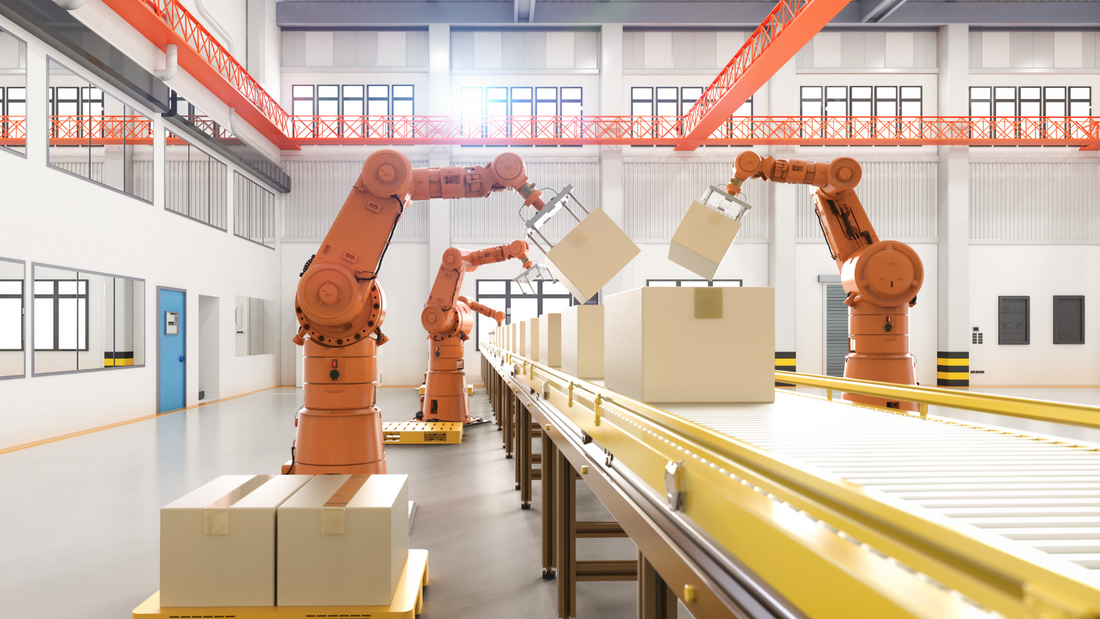Exploring Robotic Arms: Definition, Functions, Parts, and Types
Robotic arms are fascinating machines designed to perform various tasks, mimicking the movements of a human arm. In this article, we'll delve into the basics of robotic arms, including their definition, functions, parts, and different types available in the market.
Definition of Robotic ArmsRobotic arms, also known as robot arms or mechanical arms, are mechanical devices that mimic the functions of a human arm. They are typically made up of multiple segments connected by joints, allowing for flexible movement and precise control.
Functions of Robotic ArmsThe primary function of robotic arms is to perform tasks that are repetitive, dangerous, or require high precision. These tasks can include assembly, welding, painting, packaging, and material handling in industries like manufacturing, automotive, electronics, and pharmaceuticals. Robotic arms are also used in medical procedures, such as surgery and rehabilitation, as well as in research and exploration, such as space missions and underwater exploration.
Parts of a Robotic ArmRobotic arms consist of several essential parts:
- Base: The base serves as the foundation of the robotic arm, providing stability and support. It allows the arm to rotate horizontally, enabling movement in different directions
- Joints: Joints are the points of articulation where two segments of the robotic arm connect. They allow the arm to bend and rotate, providing flexibility and range of motion.
- Links or Segments: Links or segments are the individual components of the robotic arm that are connected by joints. They can vary in length and shape, depending on the design and purpose of the robotic arm.
- End Effector: The end effector, also known as the tool or gripper, is the part of the robotic arm that interacts with the environment to perform tasks. It can be equipped with various tools, such as grippers, suction cups, or welding torches, depending on the specific application.
- Actuators: Actuators are the motors or mechanisms responsible for moving the joints and segments of the robotic arm. They convert electrical or hydraulic energy into mechanical motion, enabling precise control of the arm's movements.
- Sensors: Sensors are devices that detect and measure external stimuli, such as position, force, or temperature. They provide feedback to the robotic arm's control system, allowing it to adjust its movements and interactions with the environment.
There are several types of robotic arms available, each designed for specific applications:
- Articulated Robotic Arms: These robotic arms consist of multiple segments connected by joints, resembling the structure of a human arm. They offer flexibility and versatility, making them suitable for a wide range of tasks.
- Cartesian Robotic Arms: Also known as gantry robots, Cartesian robotic arms move along three linear axes (X, Y, Z) to reach different positions in a rectangular coordinate system. They are commonly used in applications that require precise positioning, such as CNC machining and 3D printing.
- SCARA Robotic Arms: SCARA (Selective Compliance Assembly Robot Arm) robotic arms feature two parallel rotary joints and one linear joint, allowing for both rotational and translational movements in a horizontal plane. They are ideal for assembly and pick-and-place tasks in industries like electronics and consumer goods.
- Delta Robotic Arms: Delta robotic arms consist of multiple parallel arms connected to a common base, resembling the shape of a delta (triangular) robot. They are known for their high speed and precision, making them suitable for applications like packaging and food processing.
Robotic arms play a crucial role in various industries and applications, offering efficiency, precision, and versatility. By understanding their definition, functions, parts, and types, businesses and individuals can make informed decisions when selecting and utilizing robotic arms for their specific needs. As technology continues to advance, we can expect further innovations and improvements in robotic arm design and capabilities, opening up new possibilities for automation and productivity.














































































































